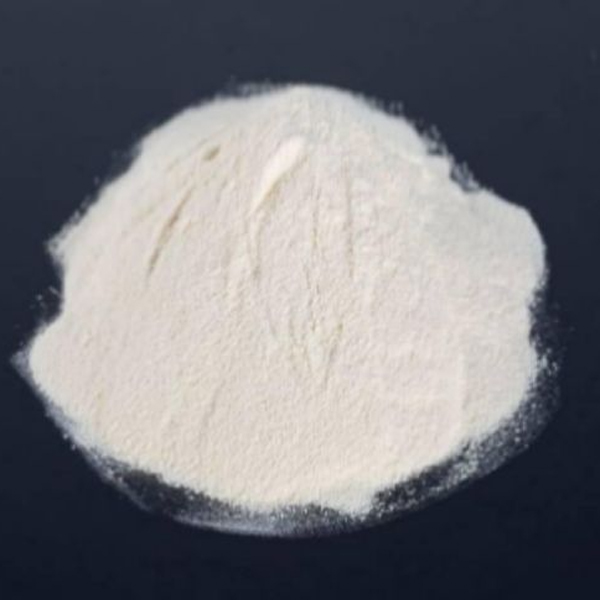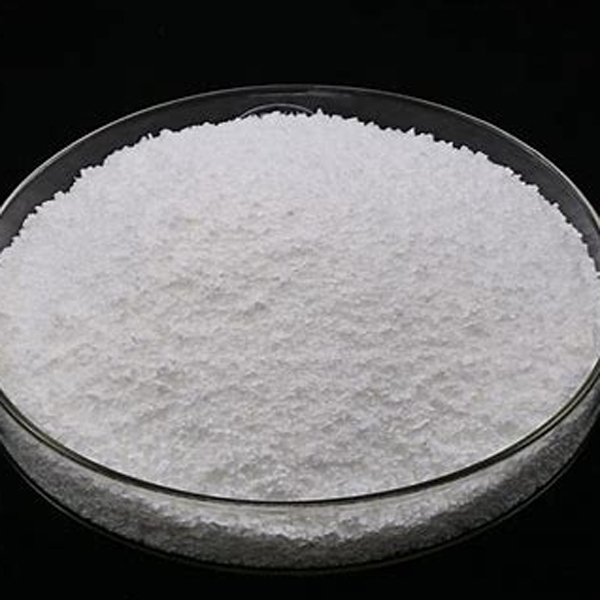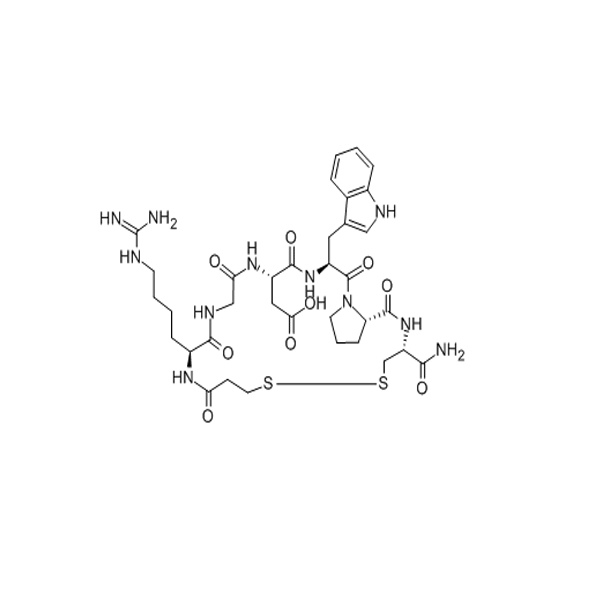Cagrilintide supplier/1415456-99-3/Peptide manufacturer
Description
Cagrilintide is a novel synthetic amylin analog that mimics the action of the body's natural amylin, suppressing appetite, slowing gastric emptying, and promoting satiety to achieve weight loss. Cagrilintide shows potential for the treatment of obesity.
Specifications
Apperance: White to off-white powder
Purity(HPLC): ≥98.0%
Single Impurity: ≤2.0%
Acetate Content(HPLC): 5.0%~12.0%
Water Content (Karl Fischer): ≤10.0%
Peptide Content: ≥80.0%
Packing and Shipping: Low temperature, vacuum packing, accurate to mg as required.
FAQ:
How pure can the peptide be?
Our company can provide different purity levels for customers to choose from, from crude to > 99.9% purity. According to customer needs we can provide purity > 99.9% ultra-pure polypeptide.
How do I store peptides?
Usually the peptide product you receive is lyophilized powder packaging, please store the peptide in a dry, dark -20°C freezer immediately after receiving the sample to maintain the peptide stability as much as possible. Before use, place the polypeptide packaging tube from the freezer to a dry condition at room temperature, and allow the temperature to naturally warm to room temperature before opening the cap. Otherwise, water vapor in the air will enter the sample tube when the lid is opened, reducing peptide stability. Once opened, it should be weighed quickly and immediately sealed to avoid deliquescent, and hydrophilic peptides should be more careful to avoid repeated freezing and thawing. Outside temperature during short-term transportation will not affect the shelf life and quality of peptides.
What are the differences between peptides and proteins?
Peptides and proteins are both composed of amino acids, but they differ in molecular weight and length. Generally, those with a molecular weight less than 10,000 daltons (Da) and shorter amino acid chains are called peptides, while those with a larger molecular weight and longer amino acid chains are referred to as proteins.
Were the peptides containing Cys reduced before shipment?
If the peptide is not found to have been oxidized, we generally do not reduce Cys. All polypeptides are obtained from crude products purified and lyophilized under pH2 conditions, which at least to some extent prevent the oxidation of Cys. Peptides containing Cys are purified at pH2 unless there is a specific reason to purify at pH6.8. If purification is performed at pH6.8, the purified product must be treated with acid immediately to prevent oxidation. In the final quality control step, for the peptides containing Cys, if the presence of molecular weight (2P+H) substance is found on the MS map, it indicates that a dimer has been formed. If there is no problem with MS and HPLC, we will directly lyophilize and ship the goods without any further processing. It should be noted that peptides containing Cys undergo slow oxidation over time, and the degree of oxidation depends on peptide sequence and storage conditions.
What do I need to pay attention to when introducing fluorescent modifications into peptides?
It is recommended to add a linker between the peptide molecule and the fluorescent modification, which can reduce the effect of the fluorescent modification on the peptide folding and binding to the receptor. However, if the purpose of the fluorescence modification is to quantify the fluorescence migration between different structures, the introduction of a linker is not recommended.

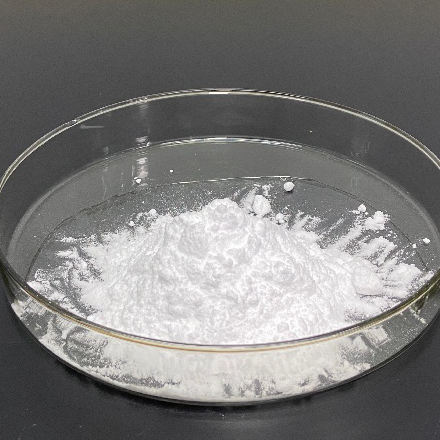
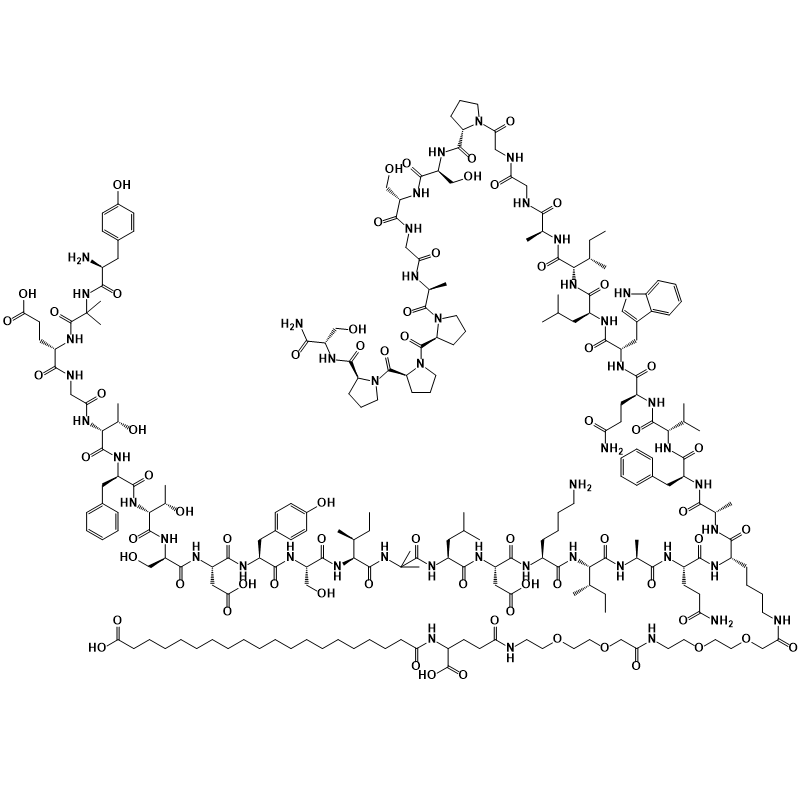
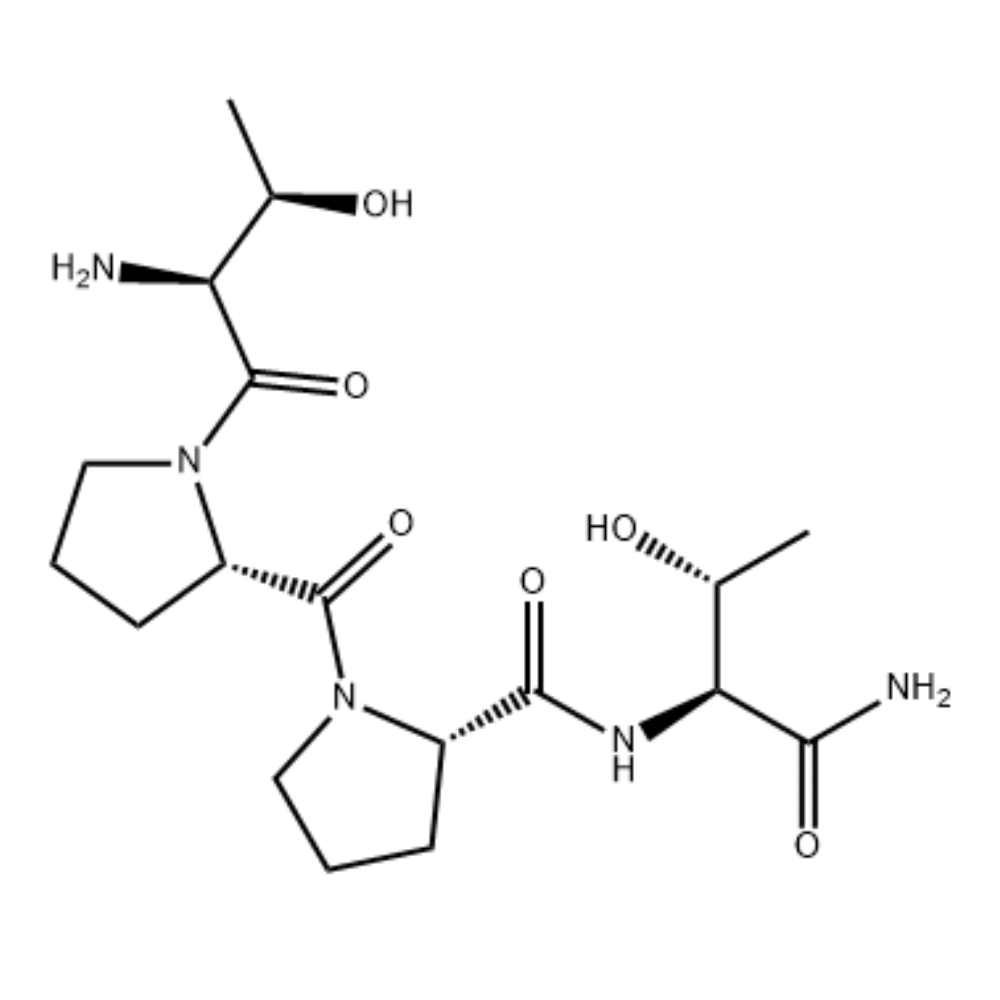
![E-[c(RGDfK)2]/GT Peptide/Peptide Supplier](https://www.gtpeptide.com/uploadfile/202506/56149588f73c9ed.jpg)
